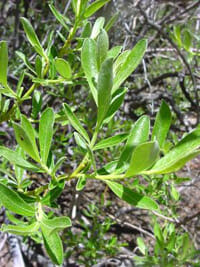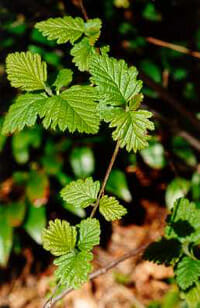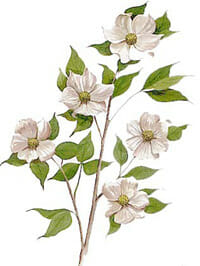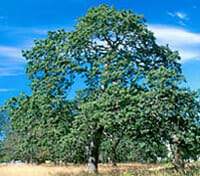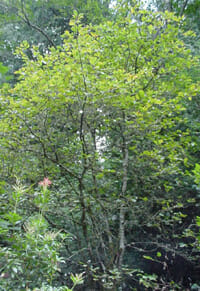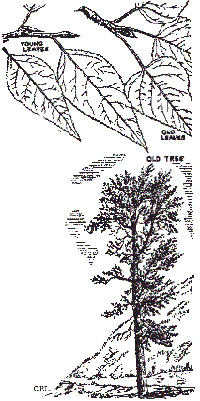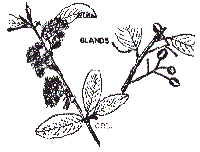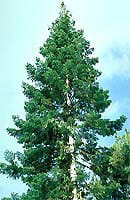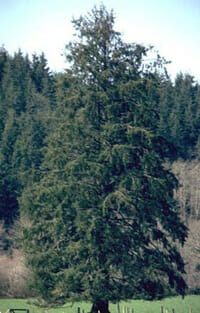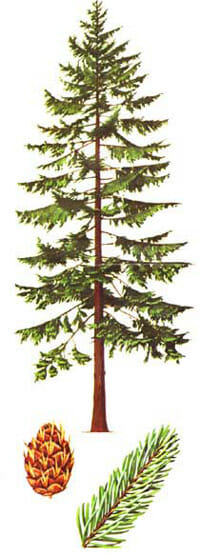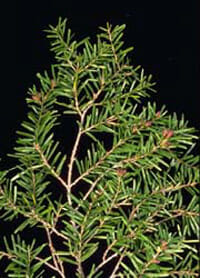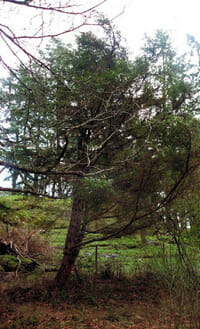The ground in Green Timbers slopes gently from northeast to southwest. The main stream is King Creek, with Enver and Quibble Creeks east and west of it. The soil is generally loam over gravely clay, altenating with low, moist patches. Much of the original humus layer was eroded in the course of logging and in clearing and burning in preparation for replanting. This resulted in the root systems being shallow as can be seen from the shape of the roots of the many blown over trees.
Scouler’s Willow
Scouler's Willow - Salicales Saliaceae Salix scoulerana Identification & Description: Scoulers Willow is a shrub or small tree growing to 35 feet in height. Although a wetland plant growing along stream banks and wet meadows, Scoulers Willow tolerates the driest conditions of all the willows in the northwest. Found growing anywhere [...]
